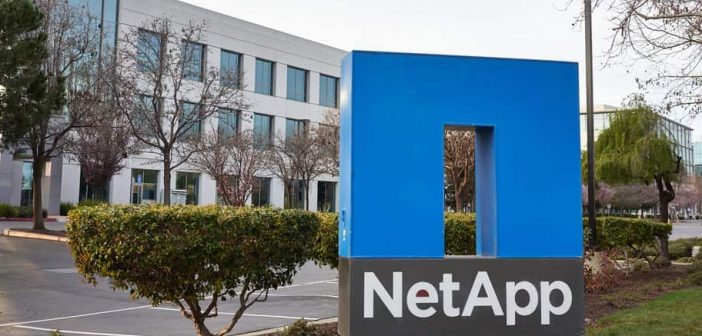The relationship between technology and sustainability is a double-edged sword. Research commissioned as part of the World Economic Forum’s 2030 Vision found that 70% of the 169 UN Sustainable Development Goal (SDG) targets can be directly supported by advanced technologies.
Written by: Matt Watts, Chief Technology Evangelist, NetApp
At the same time, as the amount of data generated worldwide continues to grow – with Statista forecasting a global datasphere of 180ZB by 2025 – so does its impact in terms of power consumption and carbon emissions.
Technology companies across the board including NetApp are, therefore, placing a huge emphasis on what we can do to help build a more sustainable future. There is a fine line between impactful, measurable initiatives that contribute toward correcting the climate crisis and vacuous greenwashing, which serves no purpose other than to create positive brand currency. This is the difference between looking sustainable and being sustainable.
Sustainability at NetApp
In NetApp’s 2021 ESG report, we set out three clear and actionable objectives that demonstrate a purposeful effort to become more sustainable as an organization, serve our customers with greener solutions, and measure environmental output across the entire lifecycle of our products.
Establish science-based targets (SBT) for the reduction of greenhouse gas emissions
The Science Based Target initiative (SBTi) provides organizations with a realistic pathway to reduce Scope 1, 2, and 3 emissions. Most corporate sustainability initiatives focus on Scopes 1 and 2 emissions – referring to the direct carbon output of an organization and an organization’s indirect emissions associated with the purchase and use of electricity.
NetApp has committed with SBTI and is currently working to set meaningful science-based carbon reduction targets across Scope 1 and 2 emissions. Once we have submitted the target and received validation from SBTi, we will communicate this to our stakeholders and publish detailed progress reports on an annual basis.
Quantify the carbon footprint of our equipment installed at customer sites to report Scope 3 emissions
We continue to increase our efforts to further measure, monitor, and report greenhouse gas (GHG) emissions, with a specific focus on more comprehensively measuring the carbon footprint of our customers’ NetApp solutions.
Our customers have a genuine appetite for information about our product lifecycle carbon footprint, and we already offer a range of capabilities that allow customers to collect environmental data about their NetApp products. Through our NetApp Cloud Insights, we enable organizations to pinpoint underutilized and wasted resources – reducing wasted energy from data centers. Since 2015, NetApp has reduced its energy usage by 20% and now saves enough energy to power 44,000 homes a year.
Towards a sustainable future
As a global cloud-led, data-centric software company, NetApp considers that it has to help organizations use data as part of the solution when it comes to being more sustainable. Part of this is acknowledging that facts matter. There should not be a difference between how sustainable you think you are and say you are versus how sustainable you are.
This is not an overnight process, nor is there a panacea for being an objectively sustainable organization. Setting and measuring objectives using scientific methods and partnering with corporate sustainability experts who will ask difficult, sometimes uncomfortable questions, is a great place to start.


 It’s Time for an Honest Conversation About Data and Sustainability
It’s Time for an Honest Conversation About Data and Sustainability